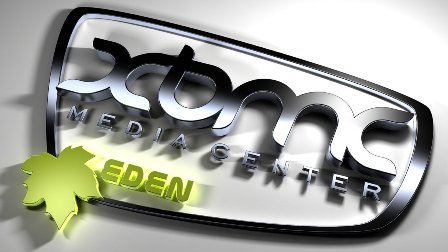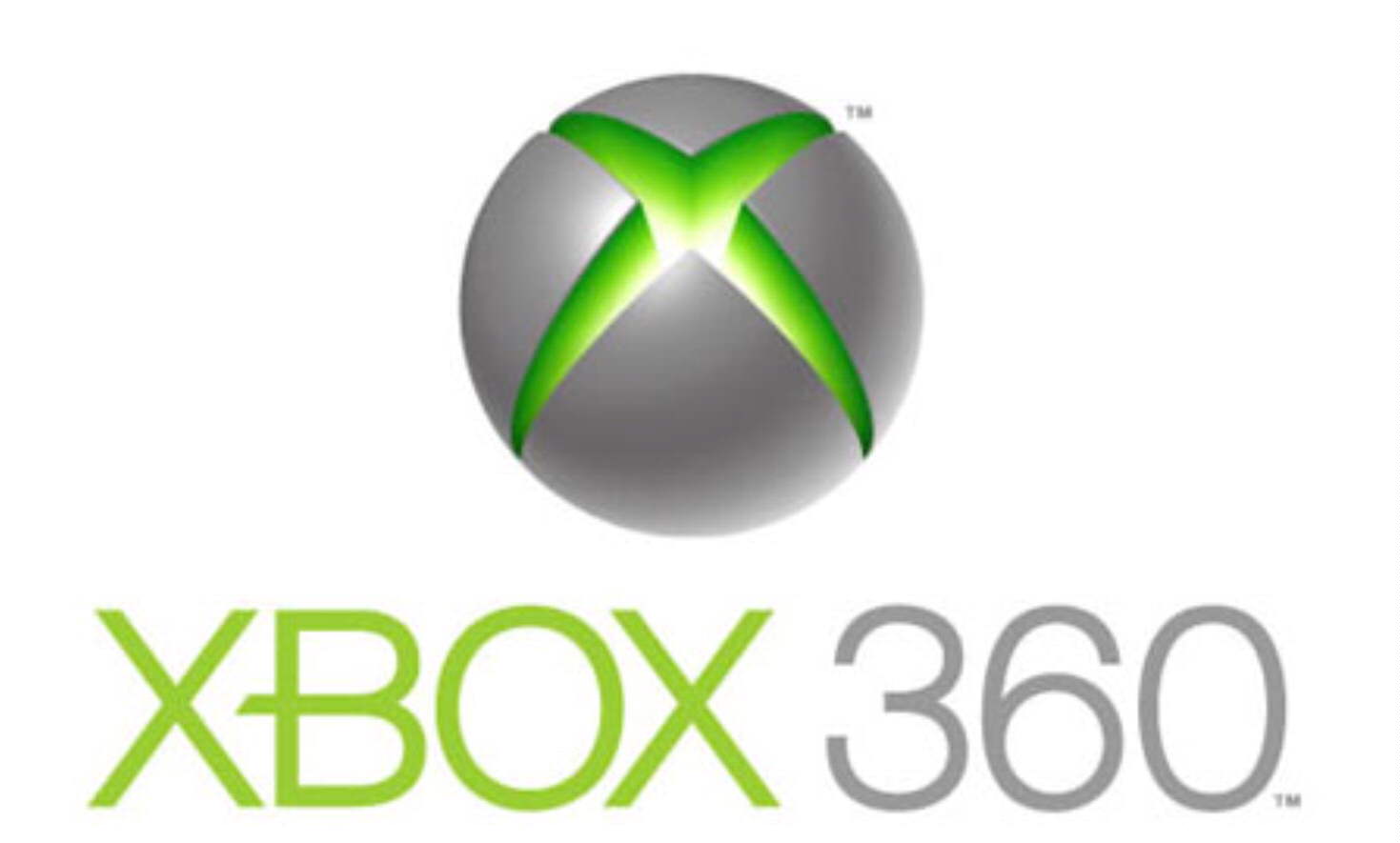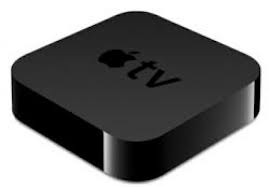The Best Home Media Center
Wow…. that’s a bold assertion. “The Best Home Media Center.” Well, maybe I should rephrase it; “The Best Home Media Center That I Have Found To Meet My Needs.” Or something like that.
 If you know me, you know I like my movies and TV shows. And I like finding new and creative ways to view the content that I’ve acquired. For the past 6 or more years, I’ve used an application called XBMC, Xbox Media Center. Originally developed for the first generation Xbox, this powerful little media center has enabled me to watch just about every kind of content that I’ve ever wanted; Movies, TV Shows, Home Movies, Music, etc. Lovely little app. Well, with Netflix Streaming as an addition to our viewing habits, I wanted to find a device that would perform the following:
If you know me, you know I like my movies and TV shows. And I like finding new and creative ways to view the content that I’ve acquired. For the past 6 or more years, I’ve used an application called XBMC, Xbox Media Center. Originally developed for the first generation Xbox, this powerful little media center has enabled me to watch just about every kind of content that I’ve ever wanted; Movies, TV Shows, Home Movies, Music, etc. Lovely little app. Well, with Netflix Streaming as an addition to our viewing habits, I wanted to find a device that would perform the following:
- Stream the following from an external drive and/or network hard drive:
- About 300 movies (backed up DVD collection)
- All of our kids’ videos and content they love to watch
- Our music collection
- All Home movies
- Use the XBMC platform
- Stream content from Netflix Streaming
- Stream content from Amazon Instant Videos
- Not cost me an arm and a leg (probably the most important item)
Fairly reasonable set of criteria. Well, after various trials and tribulations (yeah…first world problem), I came up with these results.
Xbox 360
 Well, this one doesn’t really fall under the “not cost me an arm and a leg” criteria, but this is a device that I already have. It’s worked really well in allowing me to stream content from Netflix and Amazon. I also like the fact that I can use the ESPN app during football season to watch college football….unless the game is blacked out in my area. Also, you have to have an Xbox Live Gold Membership to use the apps. So that comes up to about $49/year if you can catch it on sale. One of the drawbacks is that it’s not very good at streaming content from a home network. I know it’s touted to work paired with Windows Media Center, but the file types allowed are very limited. XBMC it ain’t. It’s really nothing more than a file browser. And even if it streamed network content well, it’s still not a viable solution due to cost.
Well, this one doesn’t really fall under the “not cost me an arm and a leg” criteria, but this is a device that I already have. It’s worked really well in allowing me to stream content from Netflix and Amazon. I also like the fact that I can use the ESPN app during football season to watch college football….unless the game is blacked out in my area. Also, you have to have an Xbox Live Gold Membership to use the apps. So that comes up to about $49/year if you can catch it on sale. One of the drawbacks is that it’s not very good at streaming content from a home network. I know it’s touted to work paired with Windows Media Center, but the file types allowed are very limited. XBMC it ain’t. It’s really nothing more than a file browser. And even if it streamed network content well, it’s still not a viable solution due to cost.
Pros:
Great for streaming Netflix and Amazon.
Cons:
High cost. Can’t stream network content efficiently. Does not run XBMC.
Apple TV3
 I really liked the idea of owning an Apple TV. I’m an Apple fan (have a couple of iPhones and an iPad). I had read on a lot of forums that you could jailbreak the Apple TV and load many different apps, including XBMC, Netflix and Amazon. So, that seemed like the simplest solution. With a list price of $89 for the Apple TV3, I thought it seemed like an affordable option. So, I took the plunge and purchased one. Upon arrival, I really liked the compact nature of the Apple TV. For reference, it’s about the size of a hockey puck… but with HDMI output. It was very easy to configure and easily integrated with Amy’s iTunes library. But that was about as easy as it got. I quickly learned why the Apple TV3 was $89 and the few Apple TV2 listings I found on eBay were $250. And the reason was simple: there is no foreseeable jailbreak on the horizon for the AppleTV3 (NOTE: this may have changed by now. I originally set out to write this post about 4 months ago. The jailbreakers may be closer to a jailbreak now.). With that new piece of information, my new Apple TV was pretty much useless. Yeah, it would stream Netflix and Amazon, but once again, it wouldn’t stream my network content. Without an app like XBMC, all it played on the network were items that were in Amy’s iTunes library. And then, if her computer wasn’t on, the library couldn’t be found. Useless. Back in the back and back to Amazon it went.
I really liked the idea of owning an Apple TV. I’m an Apple fan (have a couple of iPhones and an iPad). I had read on a lot of forums that you could jailbreak the Apple TV and load many different apps, including XBMC, Netflix and Amazon. So, that seemed like the simplest solution. With a list price of $89 for the Apple TV3, I thought it seemed like an affordable option. So, I took the plunge and purchased one. Upon arrival, I really liked the compact nature of the Apple TV. For reference, it’s about the size of a hockey puck… but with HDMI output. It was very easy to configure and easily integrated with Amy’s iTunes library. But that was about as easy as it got. I quickly learned why the Apple TV3 was $89 and the few Apple TV2 listings I found on eBay were $250. And the reason was simple: there is no foreseeable jailbreak on the horizon for the AppleTV3 (NOTE: this may have changed by now. I originally set out to write this post about 4 months ago. The jailbreakers may be closer to a jailbreak now.). With that new piece of information, my new Apple TV was pretty much useless. Yeah, it would stream Netflix and Amazon, but once again, it wouldn’t stream my network content. Without an app like XBMC, all it played on the network were items that were in Amy’s iTunes library. And then, if her computer wasn’t on, the library couldn’t be found. Useless. Back in the back and back to Amazon it went.
Pros:
Great for streaming Netflix and Amazon. Affordable. Great compact design with HD output.
Cons:
Can’t stream network content efficiently. Does not run XBMC.
Raspberry Pi
 Stuck again after the Apple TV, I discovered the Raspberry Pi. I had heard about this little device before and how so many people have taken this little micro computer and hacked it to do all sorts of things. The possibilities are endless. And it comes with HDMI output. When I got my Raspberry Pi, I noticed that it, too, was compact. Small device. Doesn’t require a lot of power and it’s easy to hide. A quick search showed that there was indeed a port of XBMC for Raspberry Pi, RaspBMC. I installed it and set it up. Worked like a charm. Only problem was that it doesn’t support wireless right out of the box. Since I was installing a media center, I didn’t want to 1) be tethered to a wired connection and 2) have to use a mouse and keyboard to interact with it. XMBC has a great iPhone app to act as a remote control, but it only recognized it if it was on the network. So, a quick purchase of a $10 USB wireless adapter and I was in business. Fired it up and quickly configured it according to my specifications. Worked great! Finally!
Stuck again after the Apple TV, I discovered the Raspberry Pi. I had heard about this little device before and how so many people have taken this little micro computer and hacked it to do all sorts of things. The possibilities are endless. And it comes with HDMI output. When I got my Raspberry Pi, I noticed that it, too, was compact. Small device. Doesn’t require a lot of power and it’s easy to hide. A quick search showed that there was indeed a port of XBMC for Raspberry Pi, RaspBMC. I installed it and set it up. Worked like a charm. Only problem was that it doesn’t support wireless right out of the box. Since I was installing a media center, I didn’t want to 1) be tethered to a wired connection and 2) have to use a mouse and keyboard to interact with it. XMBC has a great iPhone app to act as a remote control, but it only recognized it if it was on the network. So, a quick purchase of a $10 USB wireless adapter and I was in business. Fired it up and quickly configured it according to my specifications. Worked great! Finally!
But…. it would not work with Netflix. So… This is the closest I’ve gotten thus far. But still not what I want. Back to the drawing board.
Pros:
Great for streaming network content and Amazon. Affordable. Great compact design with HD output. Runs XBMC.
Cons:
Can’t stream Netflix.
Roku
 At this point, I’m starting to get discouraged. Starting to think I may be out of luck. Then I stumble across the Roku. I had heard of it before but never really paid attention to it. But I was running out of options. So, I gave it a shot. The top model was about the same price as the Apple TV3. Once I got it and hooked it up (easy: plug in power. plug in HDMI.), I was ready to go. Roku utilizes a web UI for initial configuration and channel (content delivery) selection. So, I logged on to that, selected my channels (included Netflix and Amazon) and was good to go. The only thing it didn’t have was XBMC. This was initially what I thought would be a deal breaker. Then I stumbled across PLEX in the forums. PLEX is XBMC’s little brother. Originally designed as an off shoot of XMBC, PLEX utilized a server approach. To run PLEX, you have to run PLEX Media Server on your network. Basically, if you have a computer that is never turned off, install PLEX Media Server on it, and then point the server to your files. Easy. Still, I didn’t like the idea of having to be dependent on the server, but I quickly got over this. I’ve got a Mac Mini that stays on all the time, so that wasn’t an issue. Once installed and configured, I quickly enjoyed PLEX. There are several options that, in my opinion, make PLEX superior to XBMC. Two of which are an iOS app and the ability to pick up where you left off from one device to another. Also, I can view my media remotely if I so choose (but you better have a great connection for this).
At this point, I’m starting to get discouraged. Starting to think I may be out of luck. Then I stumble across the Roku. I had heard of it before but never really paid attention to it. But I was running out of options. So, I gave it a shot. The top model was about the same price as the Apple TV3. Once I got it and hooked it up (easy: plug in power. plug in HDMI.), I was ready to go. Roku utilizes a web UI for initial configuration and channel (content delivery) selection. So, I logged on to that, selected my channels (included Netflix and Amazon) and was good to go. The only thing it didn’t have was XBMC. This was initially what I thought would be a deal breaker. Then I stumbled across PLEX in the forums. PLEX is XBMC’s little brother. Originally designed as an off shoot of XMBC, PLEX utilized a server approach. To run PLEX, you have to run PLEX Media Server on your network. Basically, if you have a computer that is never turned off, install PLEX Media Server on it, and then point the server to your files. Easy. Still, I didn’t like the idea of having to be dependent on the server, but I quickly got over this. I’ve got a Mac Mini that stays on all the time, so that wasn’t an issue. Once installed and configured, I quickly enjoyed PLEX. There are several options that, in my opinion, make PLEX superior to XBMC. Two of which are an iOS app and the ability to pick up where you left off from one device to another. Also, I can view my media remotely if I so choose (but you better have a great connection for this).
I finally found my setup.
Pros:
Great for streaming network content, Netflix, and Amazon. Affordable. Great compact design with HD output. Remote streaming of my media using PLEX. iOS app for my iPhone and iPad using PLEX.
Cons:
Does not run XBMC (but this turned out to not be an issue for me in the end).
All in all, it was a lengthy process, but I found the system that works best for me. And in the end, that’s what you have to do. Each of the devices reviewed are definitely not a one size fits all media center. Each has strengths. But in the end, I had to go with the Roku. I’ve still got my Raspberry Pi and plan to put PLEX on it for a TV in the garage next to Amy’s workbench. And it would also be portable. My next project is to figure out a portable media center for our car. And I think the Raspberry Pi and a portable HDD will be great for that. No need to stream Netflix and Amazon when driving down the road.
Anyway, it was fun and if you have any questions about my build, let me know.

Recent Comments